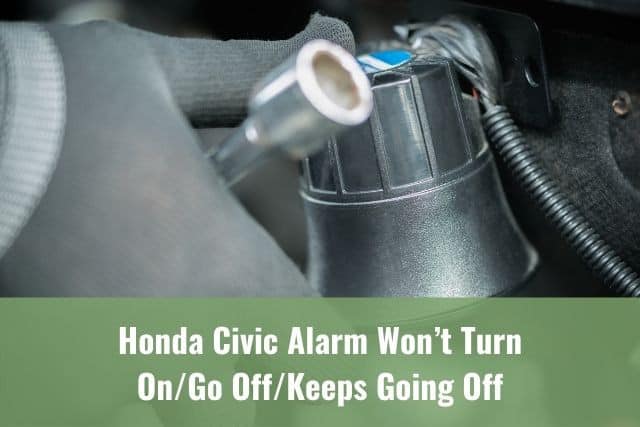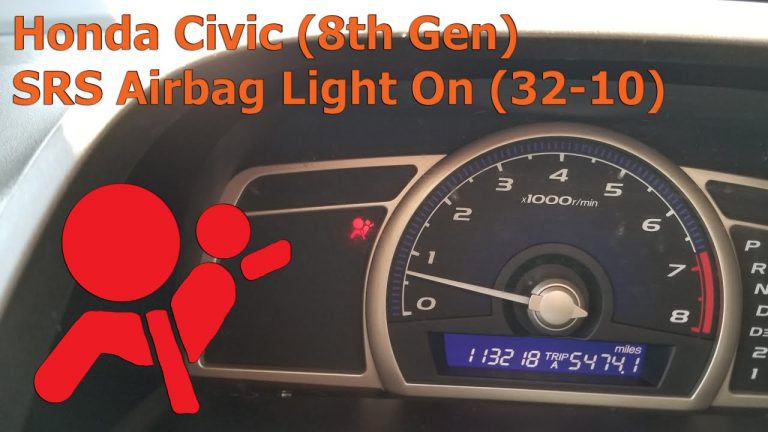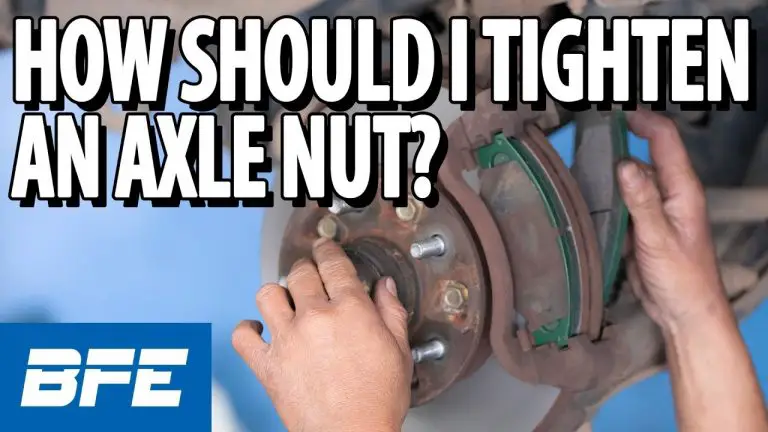Vtec E is Honda’s performance-enhancing technology that makes their engines more powerful and efficient. This engine uses a combination of both port and direct injection to improve performance. It also has a higher compression ratio than other Vtec engines, which helps to increase power.
There are many different types of Vtec engines, but the most common one is the Vtec E. The Vtec E was first introduced in 2006, and it is still used in many Honda vehicles today.
VTEC E and how it works (and how it has nothing to do with normal VTEC)
Vitec E works by adjusting the timing and lift of the valves, which allows for more air and fuel to enter the cylinders. This results in increased power and torque, as well as better fuel economy.
Vtec E is available in a variety of Honda models, including the Accord, Civic, and CR-V. If you’re looking for a performance boost without sacrificing fuel economy, then Vtec E is definitely worth considering.
Vtec-E Vs Vtec
The difference between Vtec-E and Vtec is the way in which they open and close the intake valves. Vtec-E uses an electronic control unit (ECU) to manage when the intake valves open and close. This system is more efficient than Vtec because it can reduce fuel consumption by up to 15%.
What is Vtec Kick in
Vtec is a system used by Honda to increase the power of their engines. The “kick” refers to the sudden increase in power that occurs when the vtec system is engaged. This can be felt by the driver as a sudden burst of speed, and it can be quite exhilarating!
Many Honda enthusiasts enjoy driving their cars with the vtec system engaged, as it really allows them to experience the full potential of the engine.
Vtec-E Engine
What is a Vtec-E Engine? A Vtec-E engine is a special type of engine that uses Variable Valve Timing and Lift Electronic Control (VTEC) to improve fuel economy while maintaining performance. The Vtec-E system was developed by Honda to meet stricter emissions standards in Japan and Europe.
It made its debut in the 1989 Honda Civic EF9 SiR and has since been used in a number of other Honda models including the Accord, Prelude, CR-X, and Integra. How does VTEC work? VTEC is an acronym for Variable Valve Timing and Lift Electronic Control.
This system allows the engine to switch between two different camshaft profiles, depending on operating conditions. The first profile is designed for low-rpm operation and offers good fuel economy. The second profile is activated at higher rpms and provides increased power output.
VTEC helps the engine run more efficiently by using the appropriate camshaft profile for the current operating conditions. In addition, VTEC can also help reduce emissions by switching to the low-rpm camshaft profile when emission levels are high (such as during stop-and-go traffic). What are the benefits of VTEC?
There are several benefits associated with VTEC engines, including improved fuel economy, reduced emissions, and increased power output. Fuel economy is improved because the engine can operate on a less aggressive camshaft profile when conditions don’t require maximum power output (such as during highway cruising). Emissions are reduced because the low-rpm camshaft profile produces fewer pollutants than the high-rpm camshaft profile.
I-Vtec Honda
Honda’s i-VTEC system is one of the most advanced engines available today. It combines Variable Valve Timing and Lift Electronic Control (VTEC) with Variable Valve Timing and Lift with intelligence (i-VTEC). The result is an engine that delivers both high power and great fuel economy.
The key to the i-VTEC system is its ability to automatically adjust valve timing and lift based on engine speed and load. This allows the engine to operate at peak efficiency no matter what the conditions. At low speeds, the engine runs on a more efficient camshaft profile, while at high speeds it switches to a performance-oriented camshaft profile.
This helps improve fuel economy by as much as 15%.
In addition to its efficiency benefits, the i-VTEC system also provides an increase in power. When operating on the performance camshaft profile, the engine can produce up to 10% more power than when running on the efficiency camshaft profile.
This makes it ideal for applications where both power and fuel economy are important, such as in Honda’s line of hybrid vehicles.
I-Vtec Car
I-VTEC is an advanced engine technology from Honda that combines both high power and excellent fuel efficiency. It stands for “intelligent Variable Valve Timing and lift Electronic Control”. This system was first introduced in 2001 on the company’s DOHC engines.
The main benefit of I-VTEC is that it allows the engine to operate at different valve timing and lift settings, depending on the operating conditions. This results in increased power and torque at high RPMs, while still maintaining good fuel economy at lower speeds.
I-VTEC engines are available in a variety of Honda models, including the Accord, Civic, CR-V, and Odyssey.
If you’re looking for a vehicle with excellent performance and fuel efficiency, then an I-VTEC engine might be the right choice for you.

Credit: www.youtube.com
Is Vtec Better Than Turbo?
If you’re a gearhead, the chances are good that you know what VTEC is. For those who don’t, VTEC is Honda’s Variable Valve Timing and Lift Electronic Control system. It’s been used in Hondas dating back to the late 1980s, and it’s one of the things that has helped Honda engines stay at the top of the heap when it comes to performance.
But what about turbocharged engines? Are they better than VTEC? The answer, as with most things in life, is “it depends.”
Turbos offer a number of advantages over VTEC engines, chief among them being increased power output. A turbocharged engine can make significantly more power than an equivalent VTEC engine, thanks to the increased airflow that turbos provide. This extra power can be especially helpful if you’re looking to add forced induction to an already powerful engine.
However, turbos also have their drawbacks. One is cost: a turbocharger kit can easily add several thousand dollars to the price of your car. Another downside is complexity: turbochargers require additional plumbing and hardware that can make maintenance and repairs more difficult (and expensive).
Finally, turbos tend to produce more engine noise than naturally aspirated or VTEC engines – something that some enthusiasts consider a plus but others find annoying. So which is better – VTEC or Turbo? Ultimately, it’s up to you to decide what suits your needs best.
If you want maximum power output, go with a turbocharger.
What is Vtec Engine Good For?
VTEC engines are popular for a reason: they offer power and efficiency in a package that is relatively small and light. But what exactly is VTEC, and how does it work? VTEC stands for Variable Valve Timing and Lift Electronic Control.
It’s a system that allows the engine to switch between two different camshaft profiles, depending on whether you’re looking for power or efficiency. At low engine speeds, the VTEC system uses a less aggressive cam profile that offers better fuel economy. But at higher engine speeds, the system switches to a more aggressive cam profile that increases airflow into the cylinders, resulting in more power.
The result is an engine that can offer both good fuel economy and good performance – something that was once thought impossible. And because VTEC engines are smaller and lighter than traditional engines with similar power output, they’re also popular in sports cars where every ounce counts.
Read also: Do I Have To Use Honda Power Steering Fluid?
Which is Better Vtec Or Non Vtec?
There is no simple answer to the question of which is better, VTEC or non-VTEC. Both have their pros and cons that make them suitable for different purposes. Here’s a more detailed look at each type:
VTEC engines are known for their high power output and excellent performance. They typically offer better fuel economy than non-VTEC engines as well. However, they can be more expensive to maintain and repair, due to the intricate design of their valvetrain.
Non-VTEC engines are less powerful than VTEC engines, but they’re also less expensive to maintain and repair. They typically offer worse fuel economy than VTEC engines, but they may be a better choice for those who don’t need the extra power or who can’t afford the higher maintenance costs.
What Does Vtec Honda Stand For?
VTEC stands for Variable Valve Timing and Lift Electronic Control. It is a system developed by Honda that allows for more efficient engine operation. The VTEC system adjusts the timing of the valves based on engine speed, allowing for better performance at high speeds.
The system also reduces fuel consumption and emissions at lower speeds.
Conclusion
Vtec E is a type of Variable Valve Timing and Lift Electronic Control system. It is a technology used in internal combustion engines to improve fuel economy, torque, and power. The system works by varying the lift and duration of the intake valves while the engine is running.
This allows the engine to run at higher speeds without sacrificing fuel economy or power. Vtec E was first introduced in Honda vehicles in the early 1990s and has since been adopted by other automakers.





